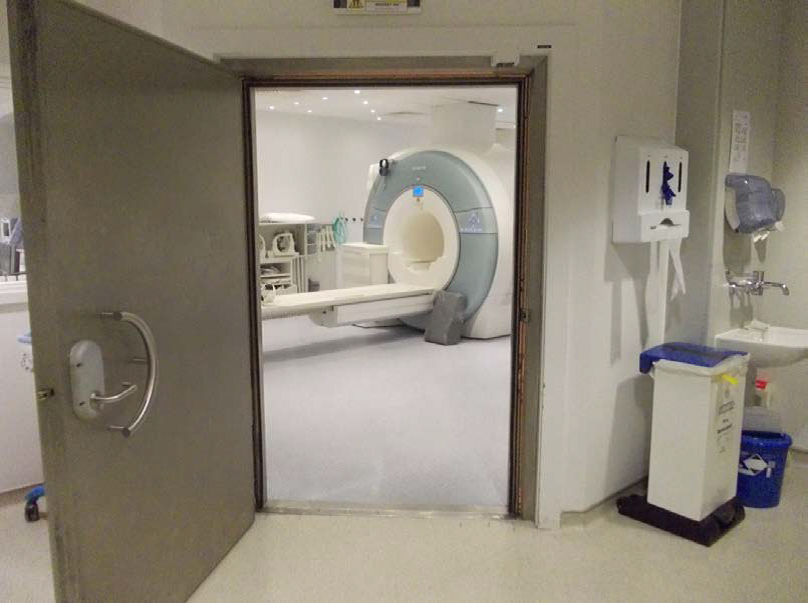New research finds easier way to detect serious heart condition

Researchers from Barts Heart Centre, part of Barts Health NHS Trust, and University College London (UCL), have shown that combining two scan technologies can detect a serious heart condition before symptoms and signs appear on current tests.
The research, published today (Wednesday 19 July) in the journal Circulation, was studying hypertrophic cardiomyopathy (HCM), an inherited condition that affects around 1 in 500 people in the UK and is a leading cause of heart failure and sudden cardiac death.
HCM causes the muscular walls of the heart to become thicker than normal, which affects how well the heart pumps blood around the body. Detecting it earlier will help improve treatment for the condition at the earliest stages and help save lives. It will also support clinical trials looking at new gene therapies and drug treatments aimed at stopping the disease developing in those at risk.
The research was led by Dr George Joy, a clinical research fellow at Barts Heart Centre and University College London, Professor James Moon, a consultant cardiologist and Professor at UCL and Dr Luis Lopes, consultant cardiologist at St Bartholomew’s Hospital and Associate Professor at UCL.
Together with colleagues at the University of Leeds, they studied the hearts of people diagnosed with HCM, people with an HCM-causing genetic mutation but no signs of disease and healthy individuals, using two cutting edge heart scanning techniques – cardiac diffusion tensor imaging (cDTI) and cardiac MRI perfusion (perfusion CMR).
Speaking on the research Dr Joy said: “The ability to detect early signs of HCM could be crucial in trials testing treatments aimed at preventing early disease from progressing or correcting genetic mutations. The scans could also enable treatment to start earlier than we previously thought possible.”
Combining these two types of scan techniques showed that people with clear signs of HCM have very abnormal organisation of their heart muscle cells, and a high rate and severity of microvascular disease compared to healthy volunteers.
Scans were also able to identify abnormal microstructure and microvascular disease in individuals with an HCM-causing genetic mutation but no symptoms of the disease. They found that 28% had defects in their blood supply, meaning doctors were able to more accurately spot the early signs of HCM developing.
Speaking further on this work, Dr Joy said: “We now want to see if we can use these scans to identify which patients without symptoms or heart muscle thickening are most at risk of developing severe HCM and its life-changing complications. The information provided from scans could therefore help doctors make better decisions on how best to care for each patient.”
